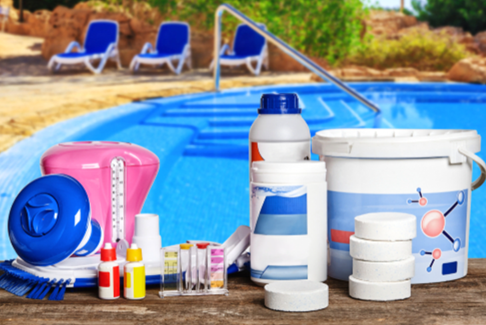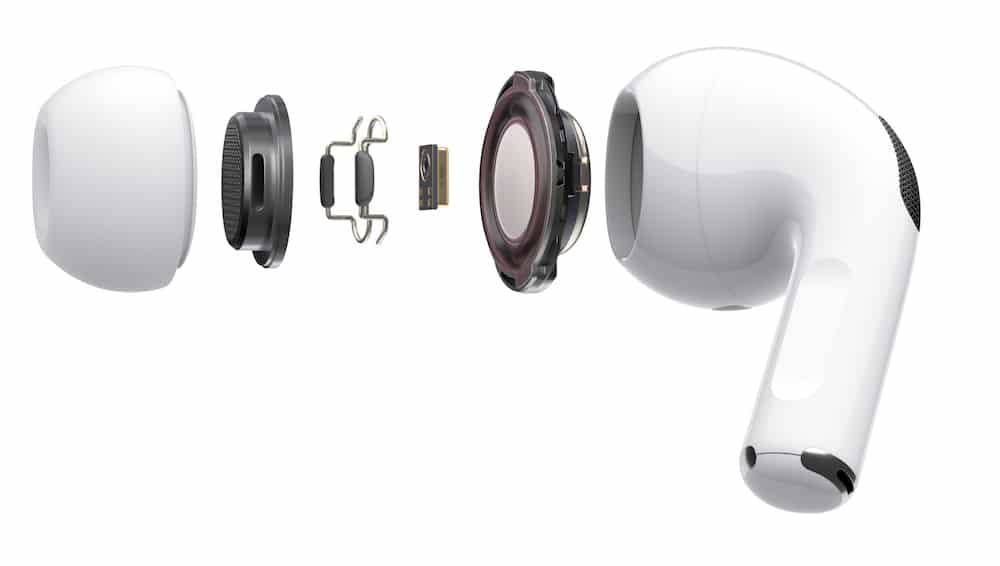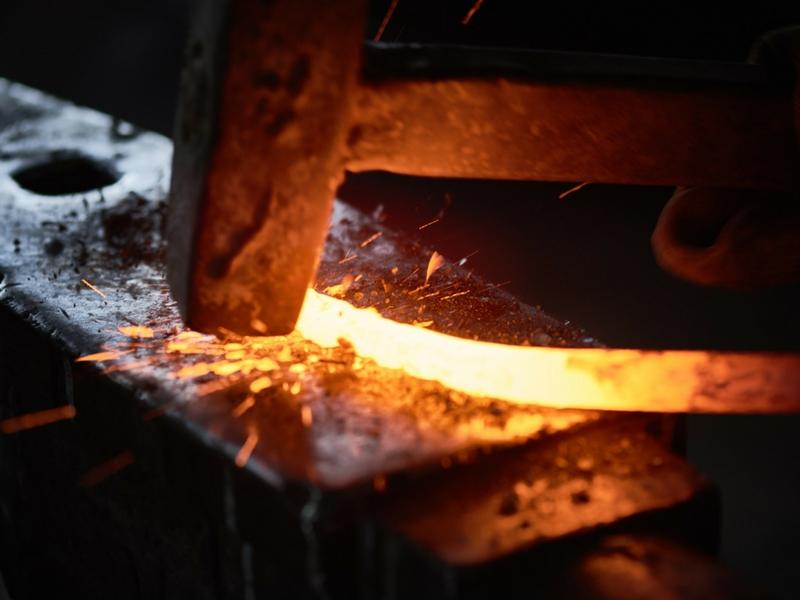How to Reduce Chlorine in Swimming Pool Using Natural Methods
Maintaining the perfect chlorine balance in your swimming pool can be challenging. Too much chlorine can lead to various issues, including a strong chemical odor, skin and eye irritation, and potential damage to pool equipment. If you're wondering how to reduce chlorine in swimming pool water safely, there are several natural methods you can try. Fortunately, these methods not only help lower chlorine levels effectively but also ensure a safer swimming experience and promote eco-friendly pool maintenance. In this blog, we will explore different natural ways to lower chlorine levels in your swimming pool, from utilizing sunlight to adding household substances like vitamin C and baking soda.
Why Is Chlorine Too High in Your Pool?
Elevated chlorine levels can occur due to various reasons. Understanding these reasons helps in managing and correcting the issue effectively.
Over-Chlorination and Its Effects
Over-chlorination happens when the recommended chlorine dosage is exceeded. This can occur accidentally, such as adding too much chlorine or not taking into account the pool size when adding chemicals. Excess chlorine can lead to harsh swimming conditions, causing skin and eye irritation, and can also pose health risks.
Environmental and Maintenance Factors
Environmental factors like high temperatures and heavy pool usage can elevate chlorine consumption, leading pool owners to compensate by adding more chlorine. Additionally, inadequate filtering and infrequent pool maintenance can cause chlorine levels to rise excessively. Regular monitoring and adjusting based on specific pool conditions are crucial to maintaining balanced chlorine levels.
How Does Sunlight Help Reduce Chlorine?
Using natural sunlight is one of the simplest and most effective ways to lower chlorine levels in your pool water.
UV Exposure and Chlorine Breakdown
Ultraviolet (UV) rays from the sun cause chlorine to break down, which effectively reduces its concentration in the pool. As UV light penetrates the water, it aids in the decomposition of chlorine molecules, making it a natural and cost-free method to decrease excessive chlorine levels.
Optimal Sunlight Exposure Times
For sunlight to effectively reduce chlorine, expose your pool to sunlight during peak daylight hours, typically between 10 AM and 4 PM. Consistent exposure during these hours ensures UV rays can adequately break down the chlorine molecules. However, it’s important to monitor the chlorine levels regularly to prevent them from dropping too low during this process.
Natural Additives to Lower Chlorine Levels
Several household items and natural substances can assist in lowering pool chlorine levels safely.
Using Vitamin C (Ascorbic Acid)
Vitamin C, specifically in the form of ascorbic acid, neutralizes chlorine efficiently. A measured quantity of vitamin C can be dissolved and evenly distributed in the pool water to counteract excessive chlorine. The mild acidic nature of vitamin C binds with chlorine molecules, significantly reducing their presence.
Baking Soda and Alkalinity Balance
Baking soda (sodium bicarbonate) plays an important role in balancing pool alkalinity, which can indirectly affect chlorine levels. While baking soda itself does not reduce chlorine, maintaining proper alkalinity levels helps in stabilizing the overall pool chemistry. Proper alkalinity levels ensure that chlorine does not rapidly dissipate or form harmful compounds.
Moringa Seed Powder and Other Natural Solutions
Moringa seed powder is a lesser-known natural option that can help reduce chlorine levels in pools. It functions by coagulating particles in the water, which can then be filtered out, potentially lowering chlorine levels. Other natural solutions include using saline water treatments and introducing certain types of algae that naturally consume chlorine.
Can Aeration and Dilution Help?
Apart from additives and sunlight, physical methods like aeration and dilution are effective in managing chlorine levels.
Aeration Techniques
Aeration involves introducing air into the pool water, like through fountains or waterfalls. The air bubbles promote chlorine gas to escape from the water, thus lowering the concentration. Aeration also helps maintain proper pH levels, making the pool environment more balanced.
Partial Draining and Refilling
Another practical approach is to partially drain the pool and refill it with fresh water. This dilution process effectively reduces the concentration of chlorine. For best results, remove about 1/4 to 1/2 of the pool water and top it up with fresh water, and then recheck chlorine levels.

Conclusion
Achieving the right chlorine balance in your pool is essential for both safety and comfort. If you’re wondering how to reduce chlorine in swimming pool water, natural methods like leveraging sunlight, incorporating vitamin C, implementing baking soda, or utilizing aeration and dilution can effectively manage the chlorine levels. Regular monitoring and maintenance are key to ensuring your pool remains a safe and enjoyable place for swimming.
FAQ
How often should I test my pool’s chlorine levels?
Test your pool’s chlorine levels at least twice a week during swimming season and once a week during off-season. Use reliable testing kits to ensure accurate readings.
Are natural methods sufficient to maintain pool hygiene?
Natural methods can help maintain appropriate chlorine levels, but it’s essential to combine them with regular pool maintenance and professional checks to ensure hygiene and safety.
What are the signs of excessive chlorine in a pool?
Signs of excessive chlorine include a strong chemical smell, skin and eye irritation, and fading swimwear. Regularly testing and adjusting chlorine levels can prevent these issues.




![PAU - [ Altern@tives-P@loises ] PAU - [ Altern@tives-P@loises ]](http://website-google-hk.oss-cn-hongkong.aliyuncs.com/drawing/179/2022-3-2/21584.jpeg)

![Good deal: 15% bonus credit on App Store cards of €25 and more [completed] 🆕 | iGeneration Good deal: 15% bonus credit on App Store cards of €25 and more [completed] 🆕 | iGeneration](http://website-google-hk.oss-cn-hongkong.aliyuncs.com/drawing/179/2022-3-2/21870.jpeg)





Related Articles